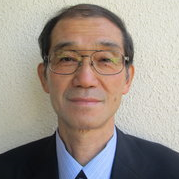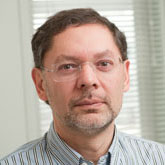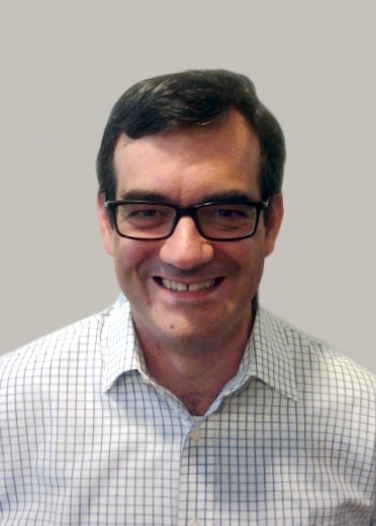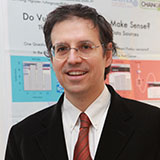 Speaker: Professor Shigeki Yamada
Abstract:
Speaker: Professor Shigeki Yamada
Abstract:
This talk is a work summary of three-year Resilient Network Research Project promoted under JSPS (Japan Society for the Promotion of Science)-sponsored Resilient Life Space Umbrella Project in Japan.
When natural disasters such as earthquakes, and tsunami occur, they may cause network breakdowns due to link and node failures, resulting in network service disruptions. The network should quickly recover and keep operating just after the disasters.
Resilience is the ability of network to provide an acceptable level of service in the face of various faults and challenges to normal operations. We have investigated and experimented two resilient network technologies, each for backbone network or access network. SDN (Software Defined Networking)/OpenFlow technology is our first solution for resilient backbone networks while wireless multihop tree-structured network technology is our second solution for resilient access networks. The effectiveness of these proposed technologies has been validated by various experiments and simulations, including field experiments in the Tohoku area which was hit by the 2011 Great East Japan Earthquake with a magnitude 9.0.
Bio:
Shigeki Yamada is currently a Project Professor of Research Strategy Office, National Institute of Informatics (NII), Japan. He received B.E., M.E., and Ph.D. degrees in Electronic Engineering from Hokkaido University, Japan in 1972, 1974, and 1991, respectively. He worked in the NTT (Nippon Telegraph and Telephone Corporation) laboratories from 1974 to 1999, where he was involved in research and development on digital switching systems and information and communication networks. Since he moved to NII as a professor in 2000, he has also been involved in the deployment of Japanese Research and Education Network, SINET, which connects more than 800 universities and research institutions in Japan. He has been one of the trustees of JPNIC (Japan Network Information Center) since 2008. His current research interest includes future Internet technologies, advanced network architectures, mobile wireless networks, backbone networks, and their applications.






 Speaker: Associate Professor Pedro Antunes
Speaker: Associate Professor Pedro Antunes Speaker: Associate Professor Manuel Clavel
Speaker: Associate Professor Manuel Clavel Speaker: Professor Fabio Massacci
Speaker: Professor Fabio Massacci Speaker: Univ.-Prof. Dr. Dieter Kranzlmüller
Speaker: Univ.-Prof. Dr. Dieter Kranzlmüller Speaker: Professor Shigeki Yamada
Speaker: Professor Shigeki Yamada